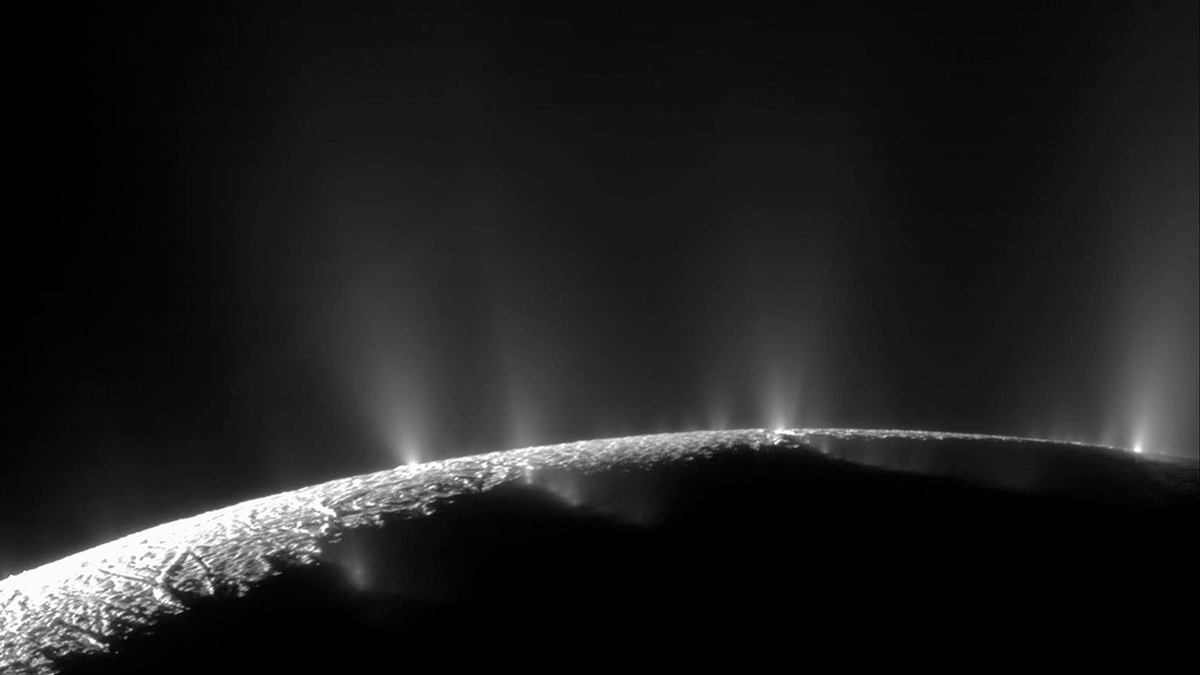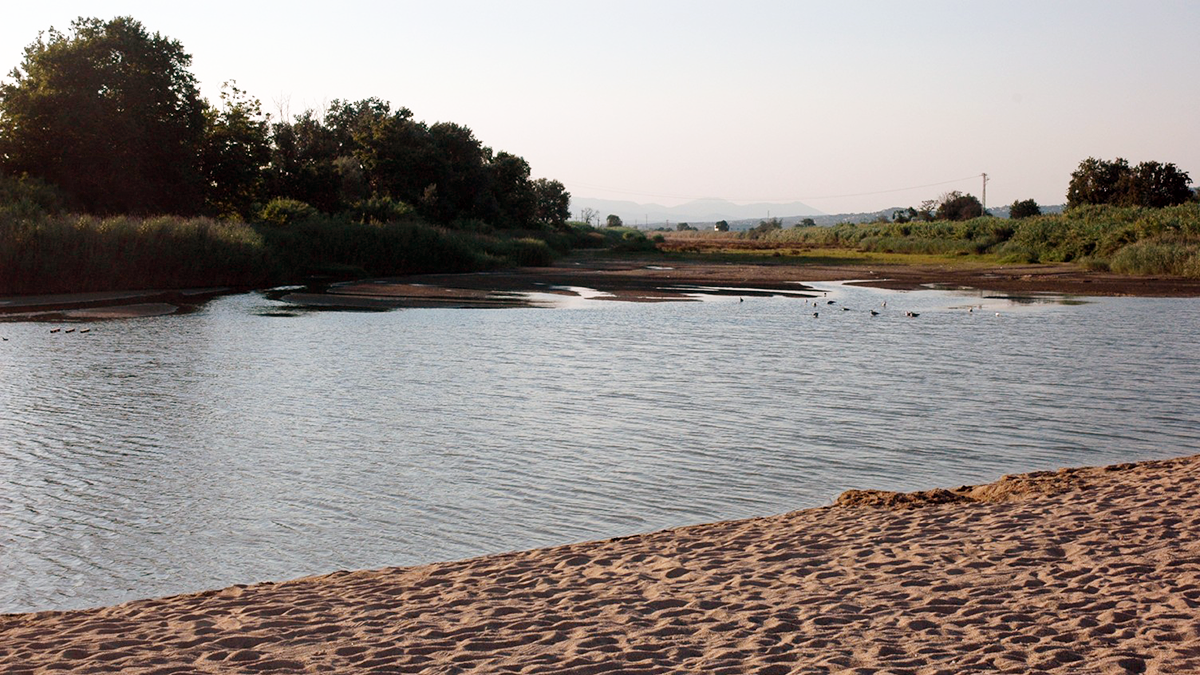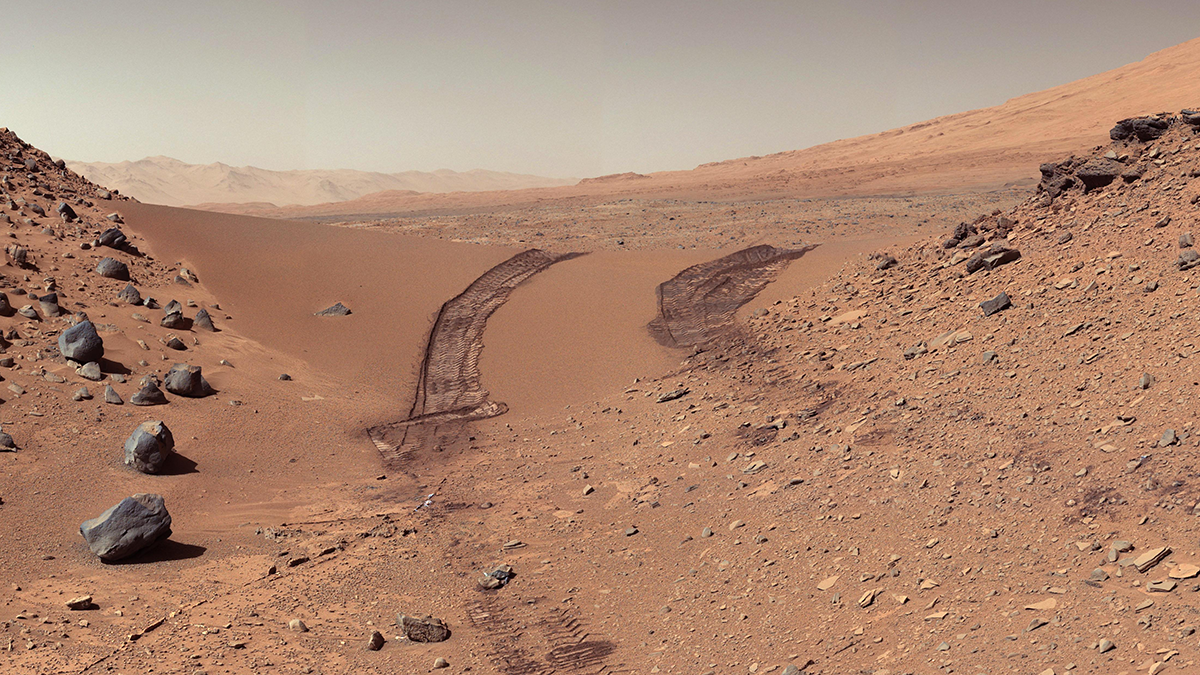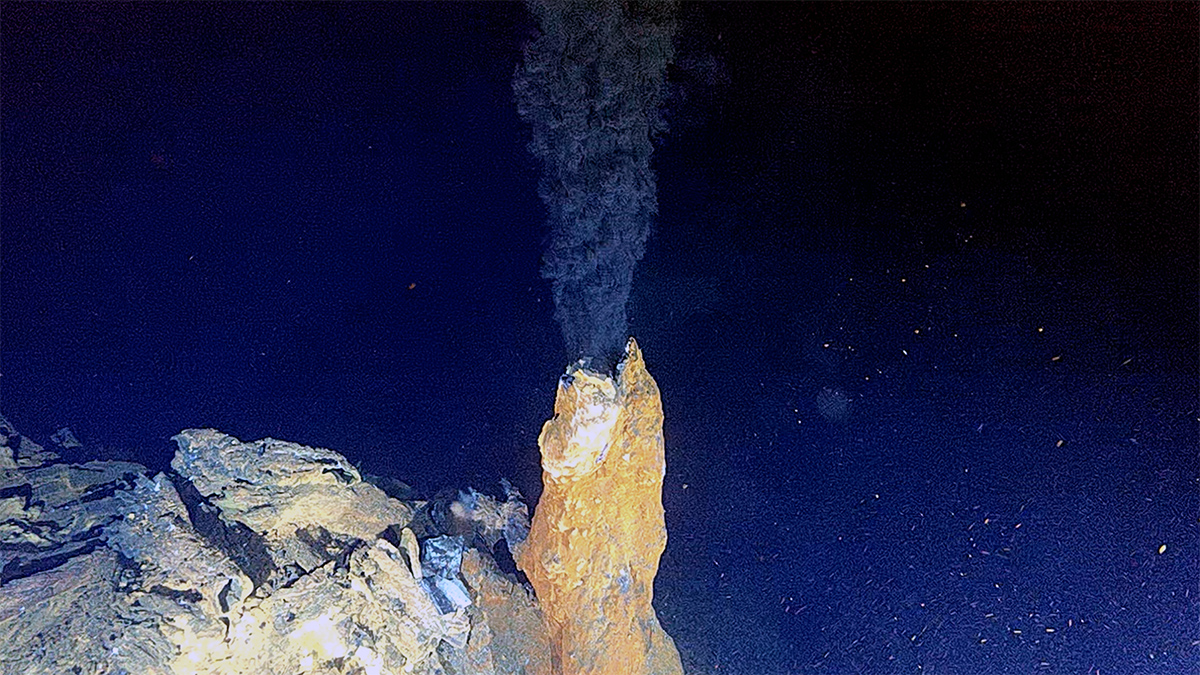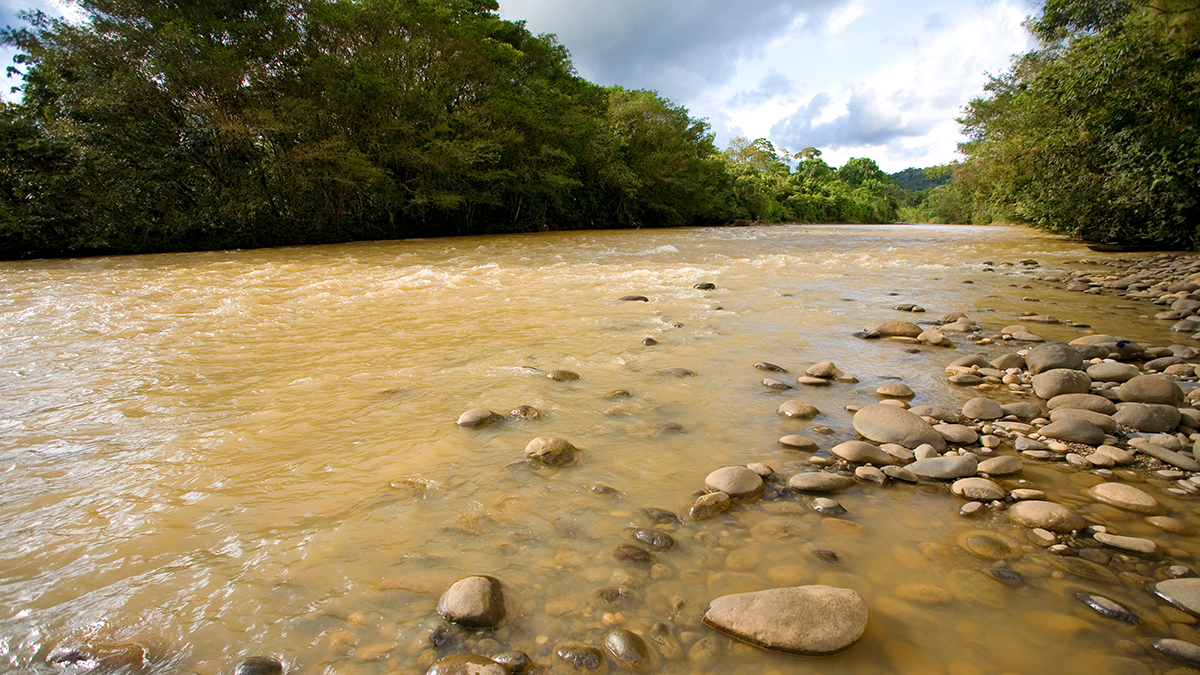Purple pigmentation in a diverse array of algae absorbs heat and creates a feedback loop responsible for 2% of total daily melting.
bacteria & microbes
Using Algorithms to Help Find Life on Icy Ocean Worlds
Scientists could use machine learning to analyze atmospheric samples in order to help identify microbes on frozen moons. They’re testing the concept using bottles of brine and smelly bacteria.
Carbon-Nutrient Ratios Drive Nitrate Removal in Mediterranean Streams
The type of organic matter, and ratio of nutrients to carbon, impact the ability of heterotrophic bacteria to effectively remove certain forms of nitrogen pollution (nitrate) from streams.
Explaining Mars’ Mysteriously Magnetic Crust
Fluid-rock interactions on ancient Mars may have produced abundant magnetic minerals that preserved unusually intense records of the planet’s now-extinct magnetic field.
Extreme Heat and Rain Turned These Arctic Lakes Brown
Scientists are stunned by the changes in multiple Arctic lakes, all transforming in the same way.
Rice Paddies, Like Cows, Spew Methane. A New Variety Makes Them a Lot Less Gassy.
Rice plants are a big source of methane, an extremely potent greenhouse gas. Scientists just developed a strain that cuts those emissions by 70 percent.
Arctic Hydrothermal Vents May Resemble Those on Enceladus
By studying hydrogen-rich vent sites on Earth, scientists could learn more about the hidden ocean of Saturn’s icy moon—one of our solar system’s likeliest candidates for harboring life beyond Earth.
Climate Change Is Driving Dangerous Bacteria Farther North
Satellite data could help address rising rates of vibriosis infections, often the result of eating undercooked seafood, along the East Coast of the United States.
Mid-Ocean Ridges Could Be Dispersing Thermophilic Bacteria
Scientists suggest that two strains of endospores located more than 4,000 kilometers away from one another originated in the same place: along the Mid-Atlantic Ridge.
Physics and Biology as Likely Stream Bedfellows
Streambeds are key sites for removal of nutrients and other contaminants through microbial processes, but are limited by diffusion, which can now be modeled from streambed physical properties.


